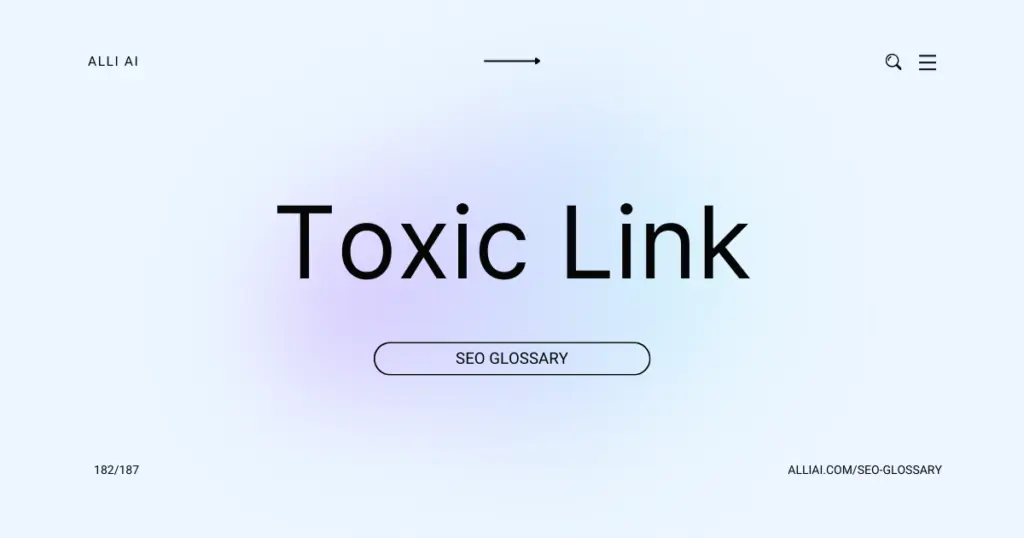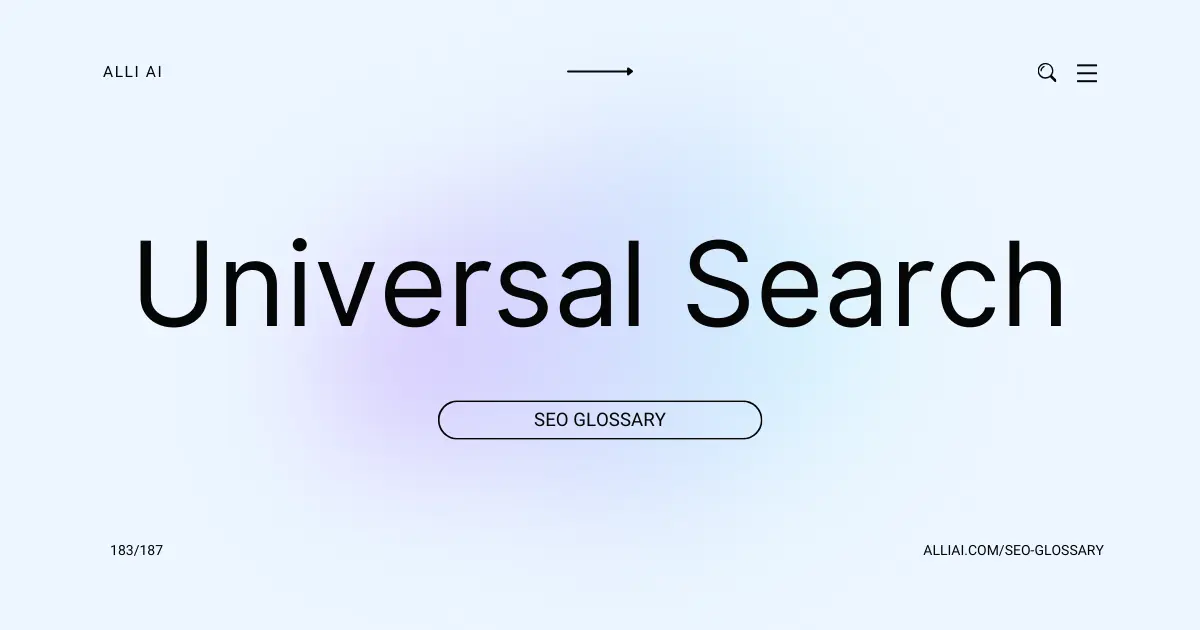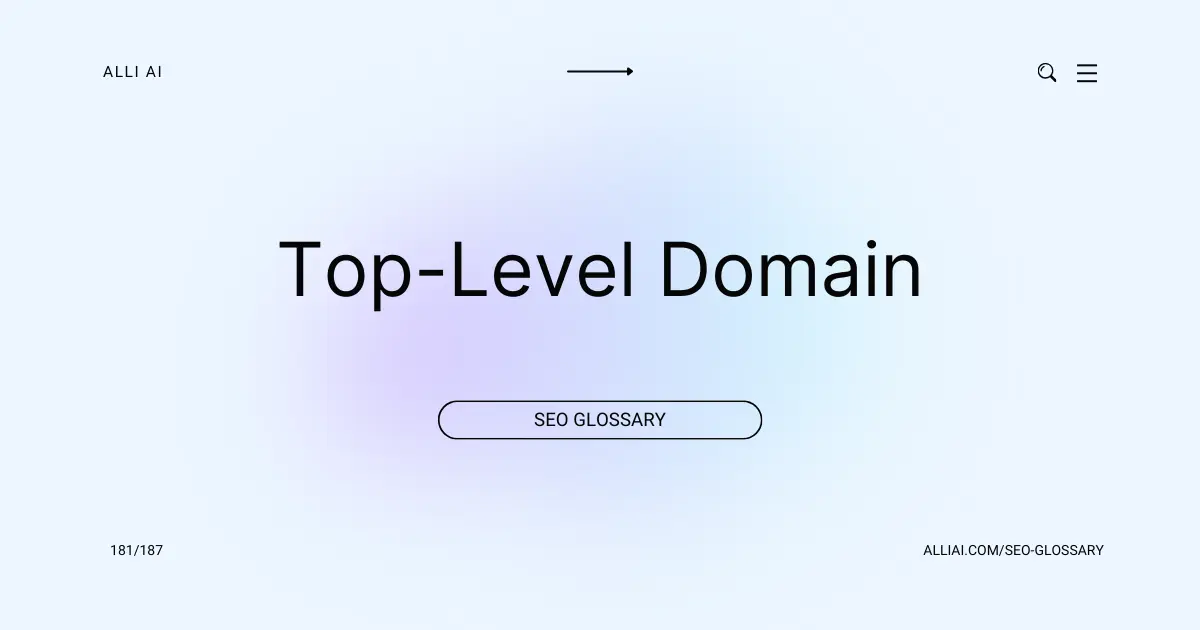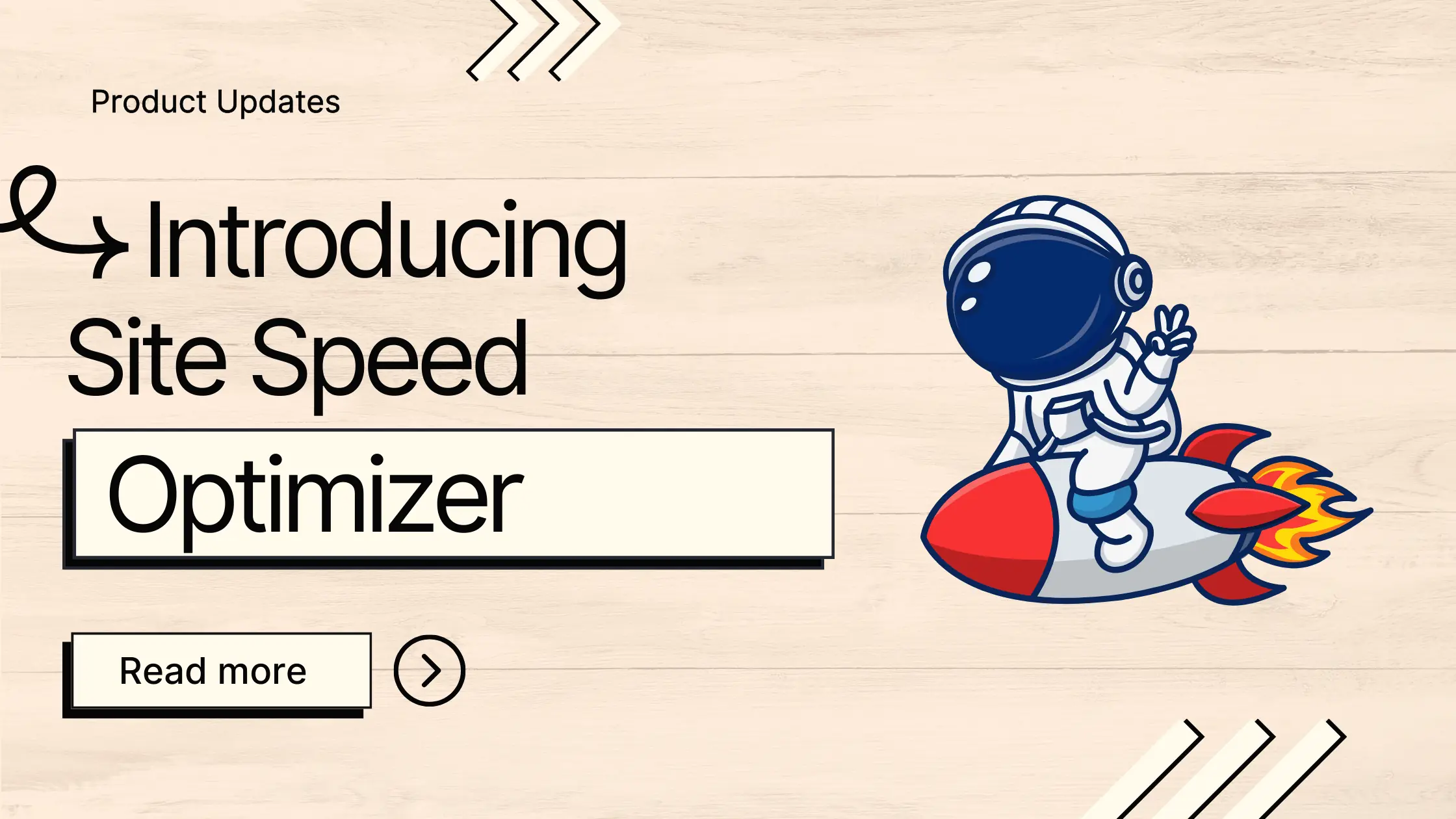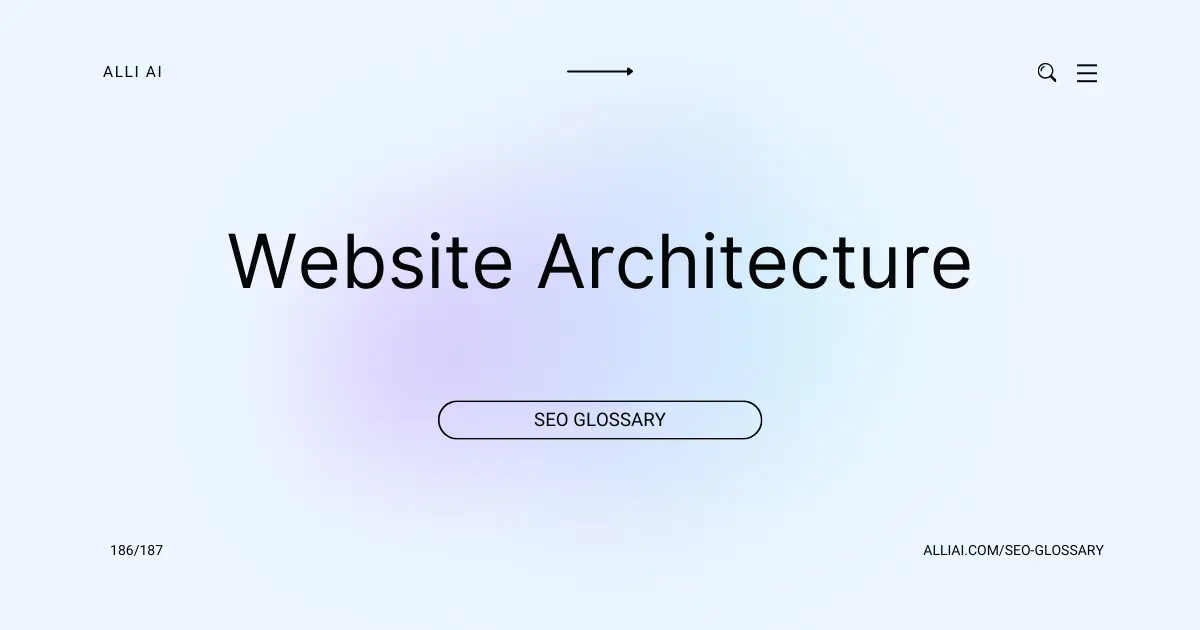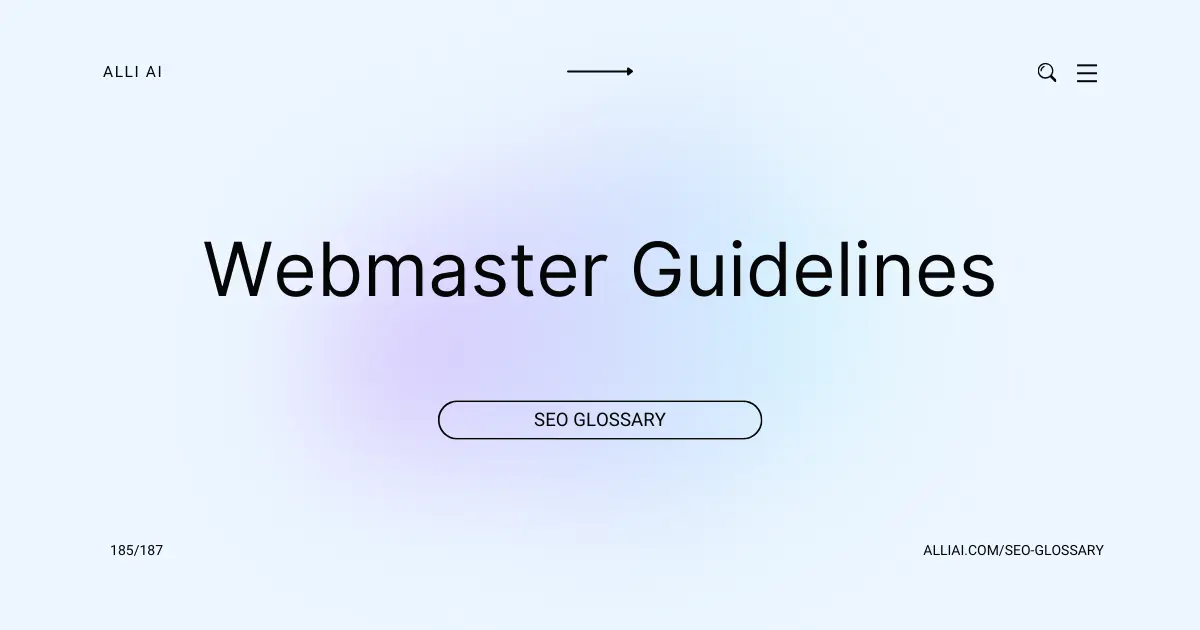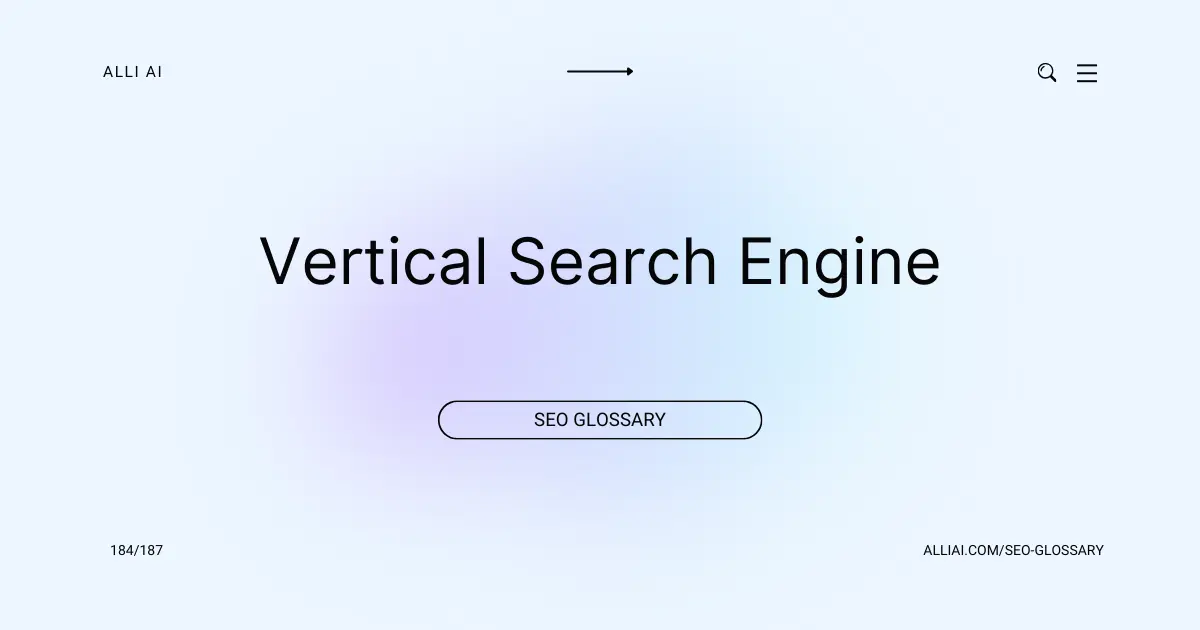What Does Toxic Link Mean?
A toxic link is a link to your website from another site that can negatively impact your site’s search engine ranking. These links are usually from low-quality or suspicious websites and can be harmful because they suggest to search engines like Google that your site might also be low-quality or not trustworthy.
Where Does Toxic Link Fit Into The Broader SEO Landscape?
Toxic links are harmful links that can negatively impact the search engine rankings of a website. These typically include links from low-quality or spammy sites, links which violate Google’s guidelines, or links created through black-hat SEO tactics such as link farms. They fit into SEO as factors that can penalize a site’s ranking when identified by search engines. Managing and mitigating toxic links through regular audits and the use of the Google Disavow Tool is critical for maintaining the health of a domain’s SEO.
Real Life Analogies or Metaphors to Explain Toxic Link
1. Toxic links are like weeds in a garden. Just like weeds can strangle healthy plants and take away nutrients, toxic links can choke your website’s SEO health, depleting its ranking potential.
2. Think of toxic links as junk food for your website. Consuming too much junk food can lead to health problems; similarly, accumulating toxic links can lead to poor website health and decreased search engine rankings.
3. Toxic links are like termites in a wooden house. Termites silently degrade the structure they infest, and likewise, toxic links silently degrade your website’s standings with search engines.
4. Consider toxic links as bad cholesterol in your bloodstream. Just as bad cholesterol can block arteries and harm heart health, toxic links can block the flow of quality traffic and damage the credibility of your website.
5. Toxic links are like counterfeit currency in your wallet. They might look like they hold value at first glance, but they can actually lead to penalties and mistrust once they’re discovered.
How the Toxic Link Functions or is Implemented?
1. Identification of Toxic Links: These are usually links from low-quality or suspicious websites, including spam sites, link farms, or sites that violate Google’s webmaster guidelines. They can be identified through tools like Google Search Console or specialized software like SEMrush, Ahrefs, or Moz.
2. Impact on SEO: When a website has a high number of toxic backlinks, it may be penalized by search engines. These penalties manifest as lower rankings or complete removal from search engine result pages (SERPs) because these links manipulate search engine algorithms.
3. Detection by Search Engines: Algorithms like Google’s Penguin update are designed to detect unnatural linking patterns. These algorithms assess the quality of links and the relevance of the linking sites.
4. Disavowal Process: If harmful links are identified, site owners can disavow them using Google’s Disavow Tool. This process involves creating a file with a list of domains or pages to be disavowed and submitting it to Google, which then disregards the toxic links when assessing the website.
5. Post-Disavow Monitoring: Post disavowal, continuous monitoring is required to ensure that new toxic links do not accumulate. Regular audits of a website’s backlink profile are necessary to maintain link health and safeguard against future penalties.
Impact Toxic Link has on SEO
Toxic links negatively impact a website’s SEO performance and rankings primarily through their effect on Google’s evaluation of the site’s link profile quality. These links are typically unnatural, manipulative, or spammy, and can originate from low-quality or irrelevant sites. Google’s algorithms, such as Penguin, identify and penalize sites with such toxic backlinks, leading to a drop in search rankings. This can decrease visibility, organic traffic, and credibility. Furthermore, a high number of toxic links might trigger manual actions by Google, requiring significant effort to address by disavowing bad links or removing them. Additionally, while not directly affecting user experience, the repercussions of reduced visibility and trust can indirectly diminish user engagement and retention.
SEO Best Practices For Toxic Link
1. Identify Potential Toxic Links:
– Use tools like Google Search Console, Ahrefs, SEMrush, or Moz to analyze your backlink profile.
– Look for links from low-quality sites, sites unrelated to your niche, spammy looking sites, or sites with high spam scores.
2. Assess the Links:
– Evaluate the relevance, authority, and trustworthiness of each linking site.
– Determine if the link could be hurting your SEO based on Google’s guidelines.
3. Compile a List:
– Create a spreadsheet detailing each toxic link, including the URL where the link is found and the anchor text used.
4. Contact Website Owners:
– Reach out to the owners or webmasters of the linking sites and request the removal of the toxic links.
– Keep a record of the correspondence for future reference.
5. Create a Disavow File:
– For links that cannot be removed manually, prepare a disavow file.
– List each toxic URL or domain in a simple text file, one URL per line.
6. Submit Disavow File:
– Upload the disavow file to Google Search Console under the ‘Disavow Links’ tool.
– Follow Google’s steps to submit your disavow file.
7. Monitor Your Backlink Profile:
– Regularly check for new backlinks and repeat the process if necessary.
– Use the initial tools to monitor changes in your site’s link profile.
8. Evaluate SEO Impact:
– After disavowing toxic links, monitor your website’s traffic and rankings.
– Adjust your SEO strategy based on the observed impacts to continually improve your site’s performance.
Common Mistakes To Avoid
1. Neglecting to Monitor Your Backlink Profile: Regularly checking your backlinks is vital. Ignoring this allows toxic links to accumulate, potentially damaging your site’s reputation with search engines.
2. Relying Solely on Automated Tools: While tools like Google’s Disavow Links Tool are helpful, solely depending on them without analyzing the context and source of the links can lead to mistakenly disavowing beneficial links.
3. Not Assessing Link Quality Proactively: Acquiring backlinks without assessing the quality and relevance of the linking sites can lead to accumulating low-quality, spammy links.
4. Failing to Understand Search Engine Guidelines: Lack of understanding of what constitutes a bad link according to the latest search engine guidelines can lead to unintentional accumulation of toxic links.
5. Ignoring Anchor Text Distribution: Over-optimized anchor text can be a sign of spammy or manipulative link building practices. Ignoring this aspect might lead to penalties.
6. Overlooking New and Lost Links: Not tracking new and lost links frequently can let toxic links affect the site’s SEO without timely intervention.
7. Failure to Analyze Competitors’ Backlinks: Ignoring to check the kind of backlinks competitors are getting might cause missed opportunities to understand better what a healthy backlink profile should look like.
8. Missing Out on Nofollow Links: Assuming nofollow links are completely harmless can be misleading; they should also be monitored as they might come from dubious sources.
9. Lack of Regular Audits: Conducting irregular audits can hinder the detection of patterns showing an increase in toxic links.
10. Ignoring Link Contexts and Sources: Not looking into the context or the source of the link for relevance and trustworthiness can lead to keeping harmful backlinks.
